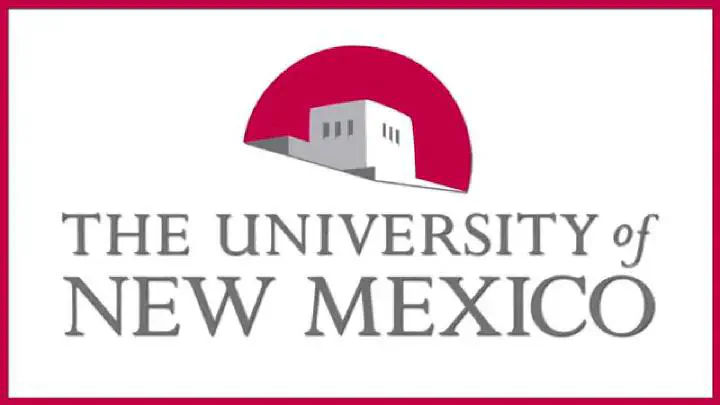IBM RS/6000 SP & Linux Clusters Getting Hitched in New Mexico, IBM and University of New Mexico Researchers to Build 'Vista Azul' Hypercluster

IBM and the University of New Mexico (UNM) today announced a joint research project to integrate leading-edge IBM RS/6000 SP supercomputing technology running AIX, IBM’s UNIX operating system, with the fast-developing world of Linux superclusters. A Linux supercluster is made up of off-the-shelf PCs or workstations interconnected with high-speed networking technologies, having large storage capabilities and running under the Linux operating system.
The system, called Vista Azul (Blue Vista in Spanish), will create a unique “hypercluster” environment composed of IBM SP and Linux technologies, that will allow researchers to explore the optimal use of Linux for scientific applications as well as management strategies for hybrid clusters. This multi-technology platform will serve as a test bed for UNM and IBM researchers to integrate heterogeneous information systems into a solution that could be replicated at other science and technology sites.
“Our goal is to explore the boundaries of high-performance computing by connecting cutting-edge IBM deep computing technology with Linux clusters,” said Rod Adkins, general manager, IBM RS/6000. “We expect the hypercluster will enable researchers at UNM to pursue the solution of difficult problems in scientific and visual computing while also creating insight into interesting issues of interoperability between Linux and AIX clusters.”
An IBM Shared University Research (SUR) grant awarded to the University of New Mexico’s High Performance Computing, Education, and Research Center (HPCERC) will provide the hypercluster hardware and software. This will include an AIX-based symmetric multi-processor IBM RS/6000 SP system and a Linux-based symmetric multi-processor IBM Netfinity cluster, as well as an advanced networking infrastructure, parallel data storage, and a prototype Scalable Graphics Engine from IBM Research for use in visualization research.
“UNM hosts a Linux supercluster for the National Science Foundation’s National Computational Science Alliance (Alliance) at the Albuquerque High Performance Computing Center (AHPCC) and a large, DoD-funded IBM SP configuration at the Maui High Performance Computing Center (MHPCC),” said Dr. William Gordon, president of UNM. “Vista Azul will capitalize on our expertise with these technologies and user groups to investigate hybrid technologies to solve a wide array of computational applications problems.”
Building Vista Azul will require the development of advanced networking technology, new programming techniques for hybrid computational systems, and integrated concurrent visualization software. The Vista Azul project promises a close collaboration among IBM researchers and UNM faculty, students, and staff. Members of the scientific research teams will work to move a number of computationally intensive applications to the hypercluster, including software devoted to the quantum mechanics of materials engineering, the dynamics of atom-ion collisions, and the physics of multiphase flows. Vista Azul will also include the hardware and software necessary to effectively support data-intensive applications, such as the data mining of very large scientific and commercial databases. Lastly, UNM’s existing Alliance Roadrunner Linux Supercluster will be integrated with Vista Azul to demonstrate complete interoperability.
“We believe heterogeneous supercomputer clusters, such an IBM RS/6000 SP and commodity PCs running Linux, constitute an important trend in high-end technical computing,” said Frank Gilfeather, director of the HPCERC at UNM. “The joint IBM and UNM effort is a critical step to this future. The Vista Azul Project will allow researchers across many disciplines to investigate hybrid technology and experimental visualization equipment to achieve new and powerful results.”
IBM Research is the world’s largest research organization dedicated to information technology, with eight labs around the world, including Austin, Beijing, Delhi, Haifa, Tokyo, San Jose, Yorktown Heights (New York), and Zurich.
UNM is a Carnegie Research I university, one of 88 in the country. This high distinction is carried by 59 public and 29 private institutions. Among UNM’s outstanding research units are the Cancer Center, New Mexico Engineering Research Institute, Center for High Technology Materials, Center for Micro-Engineered Ceramics and the Center for Non-Invasive Diagnosis.